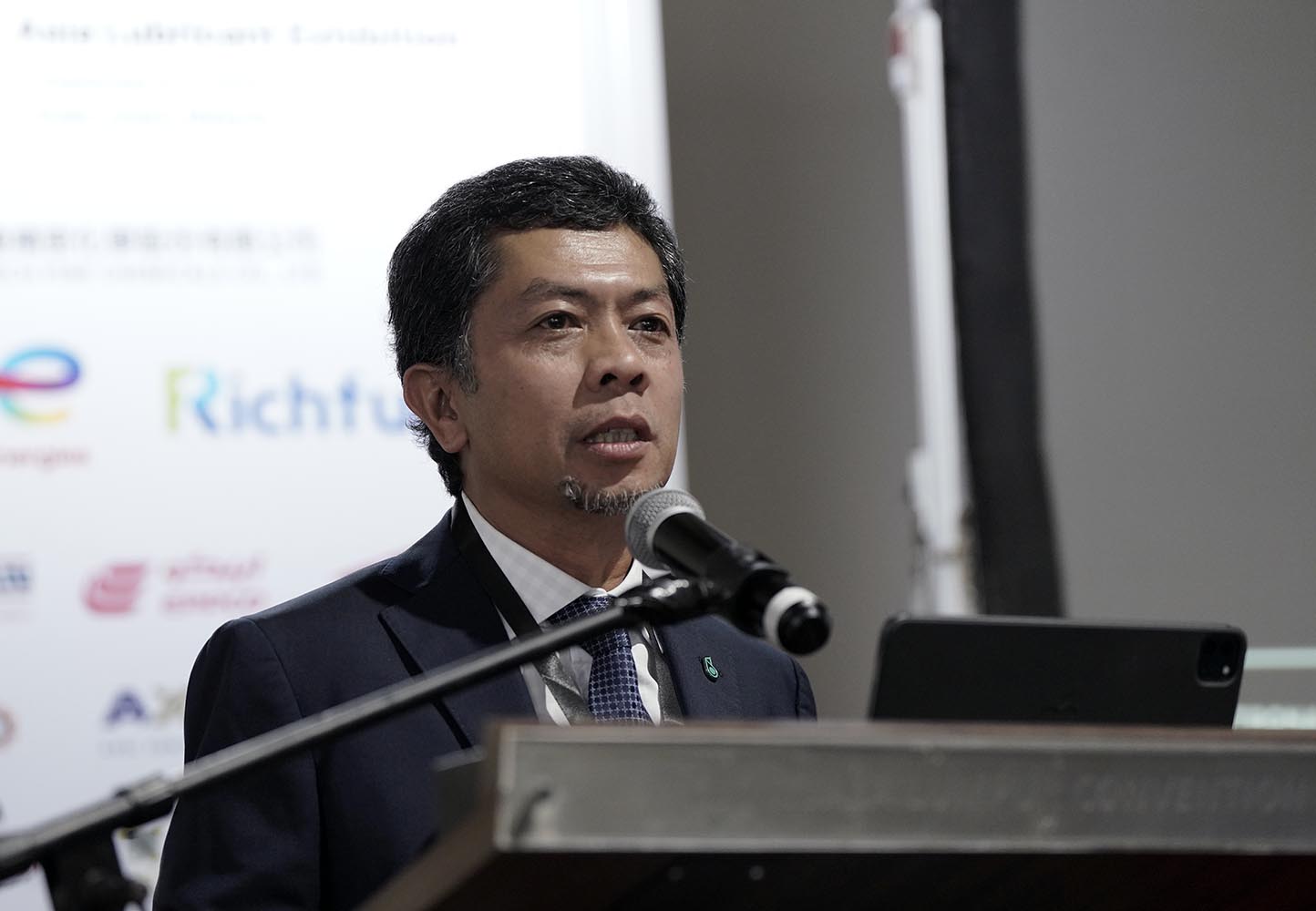
Asia to drive global lubricants market growth despite energy transition challenges
On September 10, during the opening ceremony of the ALIA/F&L Asia Lubricants Exhibition in Kuala Lumpur, Ahmed Adly Alias, vice president of Refining, Marketing, Trading, Downstream Businesses, at PETRONAS, delivered a compelling keynote address highlighting the pivotal role Asia plays in shaping the future of the global lubricants market. Alias emphasised that while the growth of the lubricants market in Asia is inevitable, it also comes with unique challenges, especially in the context of the energy transition.
Alias pointed out the dramatic surge in vehicle ownership in countries like China and India, the world’s two largest automotive markets. Despite this, vehicle ownership in Asia remains relatively low, at around 140 vehicles per thousand people, compared to over 500 per thousand in North America and Europe. This presents a “long runway” for vehicle ownership growth in the region, translating into increased demand for lubricants. Notably, Asia already accounts for over half of the world’s lubricant demand.
Alias noted that road transport in the industrial sector will drive global lubricant demand growth until 2040. Demand is expected to grow more rapidly between 2022 and 2030, at around 1% annually, rising from 42 million tonnes per annum in 2022 to 46 million tonnes by 2030. However, growth is projected to flatten between 2031 and 2040.
Though increased vehicle electrification will slow the demand for lubricants in the automotive sector, Alias stressed that the value pool for lubricants remains attractive, due to the rising need for higher-quality, longer-lasting lubricants.
In the industrial sector, demand is projected to remain robust, growing at around 2% annually from 2020 to 2040, driven by expansions in construction, mining, and agriculture.
Alias concluded by urging industry players to accelerate innovation to meet market demands, particularly in the context of decarbonisation and energy transition. While Europe benefits from a streamlined regulatory environment, Asia’s diverse and complex regulations pose challenges that require agility and adaptability.
The future of the lubricants industry will depend on its ability to innovate and produce premium, efficient, and sustainable products with a lower carbon footprint, crucial in addressing the evolving needs of both automotive and industrial sectors.












